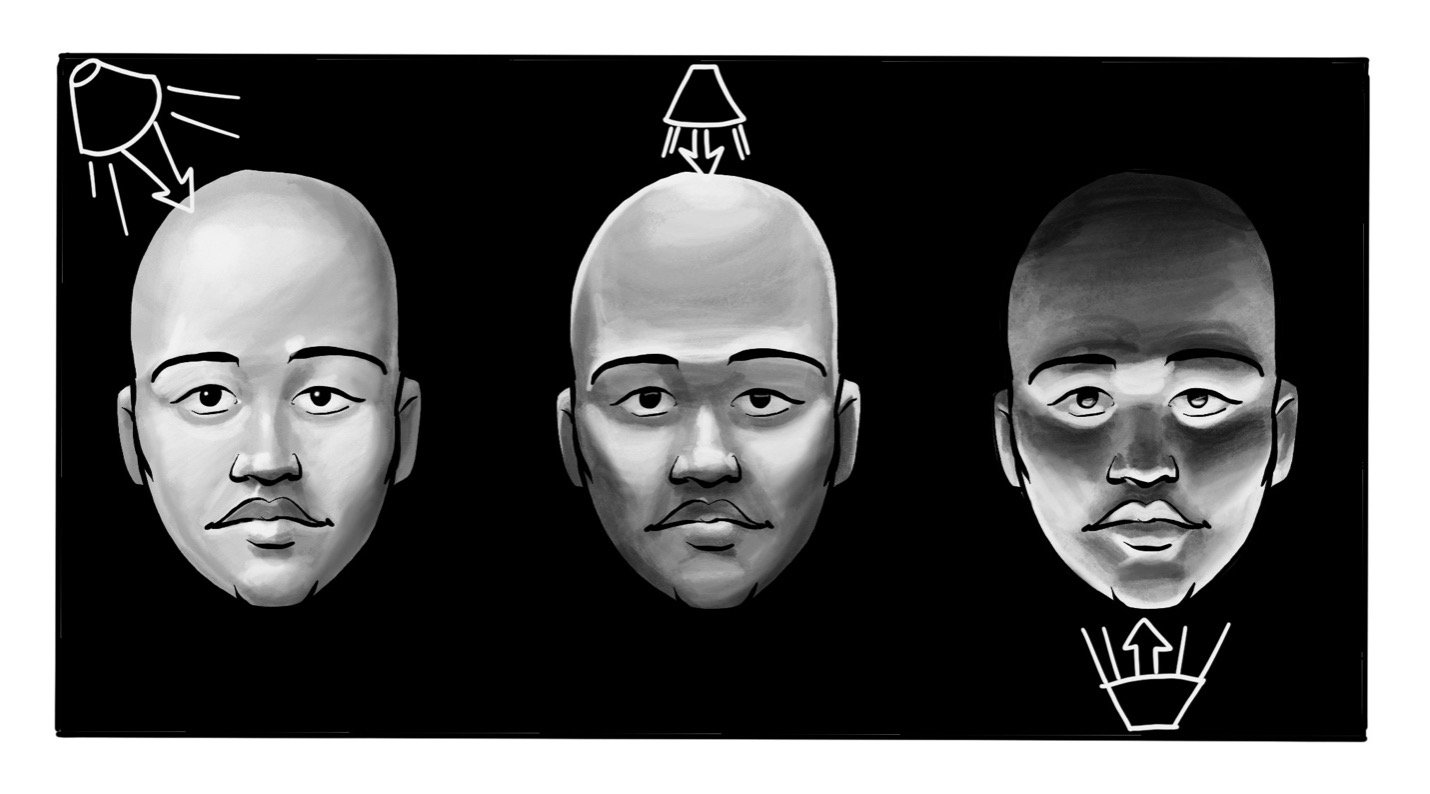The Embodied Word (A guest post by Steve Thomason with an excerpt from The Visual Preacher)
From Steve Thomason’s The Visual Preacher
Steve Thomason is a post-evangelical, missional, neo-Lutheran theologian; an associate pastor at Easter Lutheran Church in Eagan, Minnesota; and an artist with a PhD in missional leadership from Luther Seminary. His desire is to continually create visual, innovative, educational material for the missional church and anyone seeking to grow in the love and grace of God.
An excerpt from the forthcoming The Visual Preacher*:
“Karoline Lewis, professor of Biblical Preaching at Luther Seminary, says that the purpose of preaching is to embody the Word.
Think about that for a moment. A word is an abstract concept. It can be spoken into the air and received by the vibration of sound waves on the ear drum. The brain decodes these vibrations into culturally accepted meaning. That is spoken word.
A word can also be written. Text on a page or screen is an abstract visual code that must be taught, received by the brain, decoded, and constructed into meaning. This is a complex process.
There is a fundamental disconnect between words and basic human understanding. We require a certain level of education for words to make sense. The more complex the words, the more sophisticated the training required to decode and understand the words. Even as I type these words, I realize that I am excluding many people from connecting to the thing that I am trying to communicate.
But if I draw it . . .
Think about your own experience just now.
Compare your experience of (a) reading the words of the last few paragraphs that talked about human communication, and (b) viewing the illustration above. In what ways were they similar? In what ways were they different?
Pictures speak differently from words.
What did Lewis mean when she said, “Word.” She may have meant any spoken word, for, indeed, preaching is a performative act of speaking words into the air so people can hear them.
However, she could have also intended the theological meaning of the term. The first verse of The Gospel of John says, “in the beginning was the Word.” The Greek term is logos.
Brian McLaren—an author, speaker, activist, and public theologian—says that the logos is like the blueprint—or the operating system—for the universe. The Logos is the abstract idea for existence itself. The finite human brain cannot begin to comprehend the vast complexity of the blueprint for everything.
The Word remains abstract and out of touch.
Until something amazing happens.
John’s Gospel goes on to talk about the Word. In verse 1:14 it says, “the Word became flesh and dwelt among us.” This verse is describing the person of Jesus. The abstract, creative power of God’s blueprint for the universe took on a human body.
Jesus embodied the Word.
Now, finite human beings have something to look at and understand. It does not require sophisticated education for a human being to see another human being and immediately connect. “Oh, look! That thing is like me. I get it!””
(End excerpt.)
The purpose of preaching is to embody the word. People need to see the Word in a way that it makes sense to them and in a way that does not require a high amount of sophisticated education to decode.
People learn in many different ways. Pure words are very difficult for many people. Pictures and visual cues help connect the dots for a vast majority of the people in our pews.
My goal for The Visual Preacher is to offer you practical ways to combine visual communication with the Word of Scripture and the words of your sermon, so that, when you are done preaching, your listeners will say, “We have seen Jesus.”
In the book, I offer the working preachers two sets of visual skills: thinking visually and preaching visually.
Thinking Visually
The first set of skills is designed to help you think visually. You will study the scripture visually to exegete the text with a fresh perspective. You will also learn how to visually construct a sermon manuscript through various methods of storyboarding.
Here is an example of how I visually studied John 16:33 and then turned it into a PowerPoint presentation.
Step 1: A Comparison of Translations
Step 2: Visually Exegeting the Greek Interlinear to Get After Definitions of Terms
The following images were created by importing a screen shot of my Bible Software into the Procreate App on my iPad and then drawing each element on a separate layer. Stay tuned for a YouTube Video that will show you how to do this. All of this can also be done on paper.
Step 3: Place Each Image in PowerPoint to Walk Your Audience Through the Exegesis
I won’t belabor this process, but from these graphics, I created a power point presentation to use alongside my talk.
Preaching Visually
The second set of visual skills offered in The Visual Preacher has to do with the craft of preaching.
We explore:
the use of physical space
the power of your art community
the collection and creation of two dimensional images
the collection and creation of videos
and how to put these all together to craft a visual sermon in your own style
Here is an excerpt from the book to give you an example of the practical tips it offers.
Sample Content/Excerpt: Lighting For Video
It is easy to make lighting mistakes when you are trying to film your own sermon video.
Here are three common lighting mistakes:
1. Horror lighting. Imagine this scenario. You set up in your office and try to figure out where and how to mount your phone. You prop the phone up on your desk by leaning it against a stack of books. You turn on your desk lamp. If the desk lamp is below your eye level, then you will inadvertently paint your video with a horror tone. Don’t do that. You really don’t want to scare your listeners . . . unless you do. Then, hold light directly under your chin and cackle.
2. Back lighting. Pay attention to the light behind you. A window in the background, in the middle of the day, will often overpower your camera. The camera sees all that light and then obscures your face into a silhouette. Unless you are going for the “anonymous witness” effect, make sure you aren’t back lit.
3. Top lighting. Many rooms have a single light in the center of the ceiling. It is easy to think that simply turning on that overhead light will be sufficient to illuminate your shot. If the light is directly above your head, your eyes will disappear, and you will come across as a little bit creepy, no matter how nice your tone of voice may be.
You do not have to be an artist to be a visual preacher. You simply need to explore the power of images to embody the Word. I hope you enjoy the book and our time together in The Collective/+.
*Some emphases and line breaks within excerpts were added here for blog purposes
Steve Thomason will be our next guest speaker in The Collective+
Thursday, June 30th, at 2:30 CT
You can find more of Thomason’s work at:













